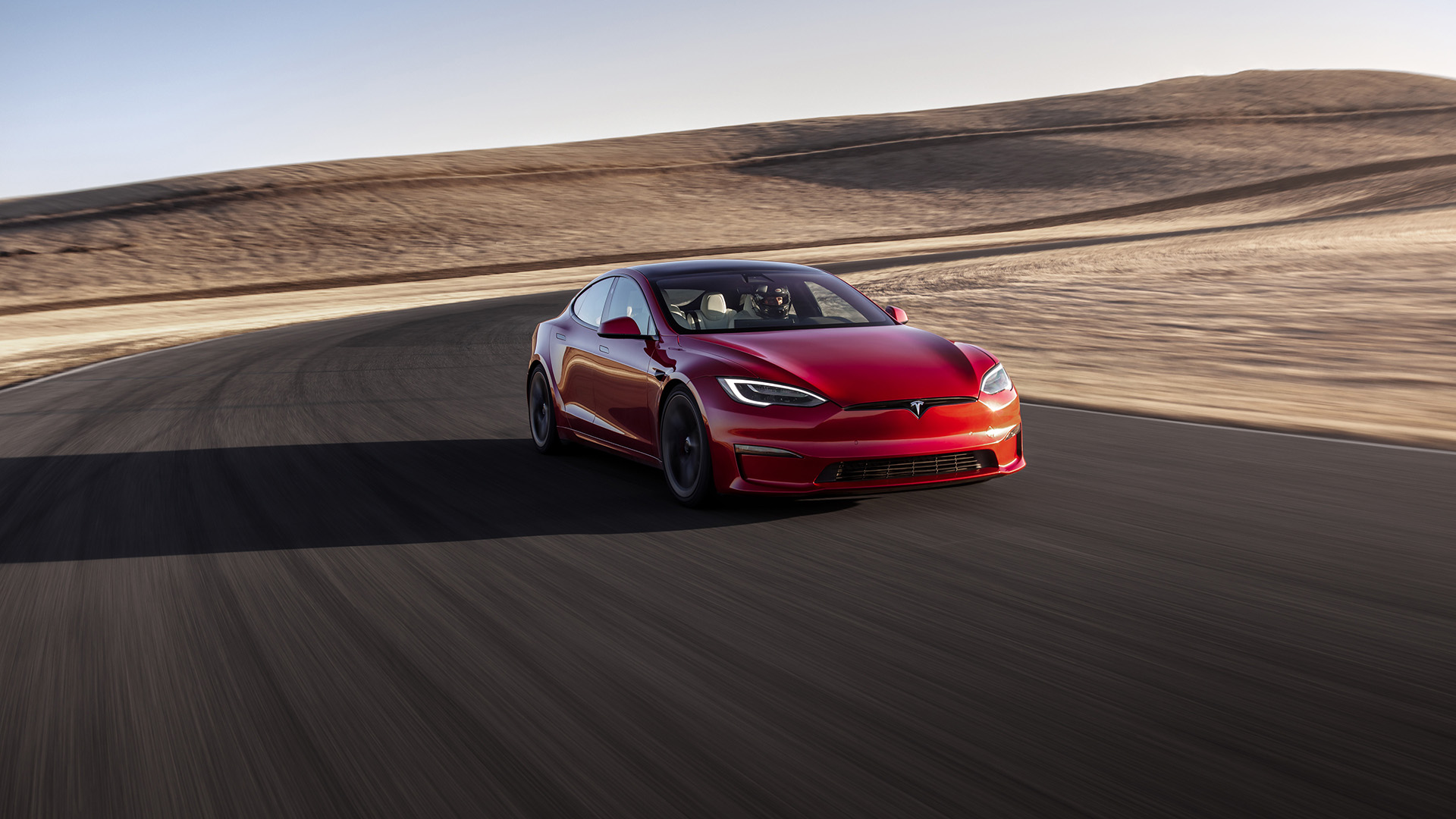Tesla shows the way to Android Auto and CarPlay when it comes to in-car entertainment
The apps may provide excellent communication and sat-nav but that's not what makes a great infotainment system


The introduction of Apple CarPlay and Android Auto has changed in-car entertainment. Before they turned up, connecting your phone to your car relied on individual car companies to build compatibility, and the functions rarely extended beyond answering your phone and playing music. However in one way, they both lag behind Tesla.
Sure, with CarPlay and Android Auto – and a compatible vehicle – you not only have access to your phone’s media content and the ability to make calls but you can also bring up maps, streaming services, calendars, news and more. Plus, you can access them using either your car’s touchscreen or using the corresponding voice assistant. That is all really impressive. It means that when I pick up a hire car, I don’t have to worry about paying the extra money for the out-of-date sat-nav technology that comes as a premium option in many vehicles or to pack my old TomTom. I just plug in my iPhone and instantly pull up Apple or Google Maps, and off I go.
My problem is that this is only part of the story of in-car entertainment. While Apple or Android can solve the front end of the process, there are many other features I feel they've overlooked but which Tesla has addressed, because it's built its in-car tech from the bottom up rather than trying to add it to existing automobiles.
- Google has killed Android Auto and rolled it into Google Maps
- Update to Google Maps could make planning journeys a lot easier
- Best Android Auto head unit
When I bought my first car it came with a very basic manual radio, so my first priority was to upgrade the sound system. Not only did this mean replacing the single din stereo with something much more up-to-date, it also meant updating the speakers, the wiring and even the soundproofing.
Now, sound systems in modern cars are much better than they were in my old hearing-aid-beige Vauxhall, but unless you’ve opted for the premium package, they can still be pretty basic. Have you ever tried to get a good sound from a standard hire car, even with CarPlay?
The speakers have to be the most important part of any car entertainment system, but it’s rarely discussed unless you’re a real audiophile.
Just as you do with a good TV soundbar, you need a decent set of mid drivers, a deep sub and some well-placed tweeters for that high-end. An integrated amp is also needed to power all of that (only premium models will have this) and then you’ve got to hope the fittings don’t rattle.
Get all the latest news, reviews, deals and buying guides on gorgeous tech, home and active products from the T3 experts

Tesla's central screen on the new Model S Plaid controls everything
The same goes for the head unit, too. While anything that offers CarPlay or Android Auto will have a touchscreen, not all touchscreens are equal. Anything smaller than an iPad is very difficult to use on the move, and not many cars have a 10-inch screen as standard.
While it doesn’t need to be any more than a monitor when taken over by your phone, without it you probably still want a decent interface to access digital radio channels and your vehicle controls.
This is where Tesla has the advantage. The whole entertainment system in the Tesla Model S Plaid, including the instrument cluster and in-car settings, are all integrated into a single system. You don’t have the disconnect of a phone taking over your monitor, your phone pairs into the existing system. The screen is large enough to access on the move and to see all the functions clearly, including the map – you can even game on it. And because it’s been built as a system, the speaker array is designed to work optimally with it to get the best sound.
The answer, perhaps, is cars with Google’s or Apple’s system built into the car already, and there are models that have this. Android Automotive is an operating system that runs directly on in-vehicle hardware. The new GMC Hummer electric is due to run this natively, as will a number of Volvo, GM and Renault cars.
While there is a long list of cars that are compatible with Apple CarPlay, there are none that run the software natively without needing your phone. Even if we don’t see an actual Apple Car any time soon, we could see a partnership that allowed a version of CarPlay as standard.
The benefit of this native setup is that, like Tesla’s system, it can be integrated with the rest of the vehicle controls and optimized for the full sound experience. My advice for anyone looking to buy a new car is to absolutely ensure it has either CarPlay or Android Auto compatibility (ideally wirelessly) but also make sure you pick your other speaker and screen options carefully to get the most out of it.

As T3's Editor-in-Chief, Mat Gallagher has his finger on the pulse for the latest advances in technology. He has written about technology since 2003 and after stints in Beijing, Hong Kong and Chicago is now based in the UK. He’s a true lover of gadgets, but especially anything that involves cameras, Apple, electric cars, musical instruments or travel.